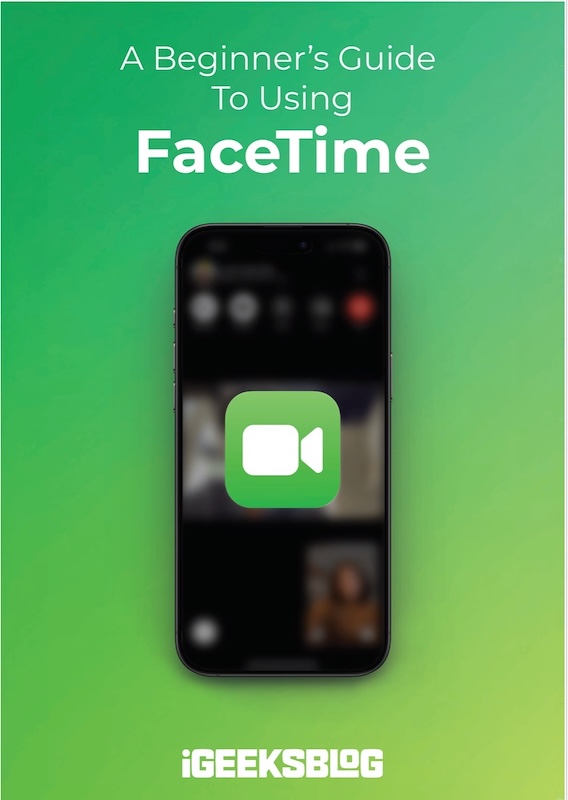
FaceTime Like a Pro
Get our exclusive Ultimate FaceTime Guide 📚 — absolutely FREE when you sign up for our newsletter below.

FaceTime Like a Pro
Get our exclusive Ultimate FaceTime Guide 📚 — absolutely FREE when you sign up for our newsletter below.
Learn why Apple is pushing eSIM technology with the iPhone 17, offering longer battery life and a portless design, what this means for users and travelers.
Apple’s iPhone 17 lineup has already been torn down, and the early teardowns tell a clear story: the SIM card tray is officially dead, and the freed-up space is now home to larger batteries. Videos from REWA Technology and repair reports backed by European energy labels confirm that Apple is pushing the eSIM-only future harder than ever, with bigger gains for battery life across the board.
The standout numbers come from the Pro models. The iPhone 17 Pro now packs a 4,252 mAh battery in its eSIM-only version, a massive jump of nearly 19% over the iPhone 16 Pro’s 3,582 mAh. The Pro Max isn’t far behind, growing from 4,685 mAh last year to 5,088 mAh, an 8.6% increase. Even the standard iPhone 17 and the new iPhone Air benefit from the change, coming in at 3,692 mAh and 3,149 mAh, respectively.
Here’s a breakdown of iPhone 17 battery capacities, comparing SIM and eSIM-only versions side by side:
| Model | SIM Version | eSIM-Only Version |
|---|---|---|
| iPhone 17 | TBD | 3,692 mAh |
| iPhone Air | — | 3,149 mAh |
| iPhone 17 Pro | 3,988 mAh | 4,252 mAh |
| iPhone 17 Pro Max | 4,823 mAh | 5,088 mAh |
The math is simple: ditching the SIM tray gave Apple a little more internal real estate, and they used it to fit in more battery capacity.
In the U.S., Canada, Japan, Mexico, Saudi Arabia, and the UAE, every iPhone 17 model ships without a SIM slot. Europe still gets some SIM-equipped versions, but the trend is obvious. Apple wants eSIM to be the standard everywhere. Earlier models had a plastic filler where the SIM slot used to be. This year, Apple put that space to work.
For users, that means more screen time but fewer options when it comes to flexibility. Travelers and multi-line users will now have to rely on carrier support for eSIMs instead of grabbing a prepaid SIM card at the airport.
This move fits right into Apple’s long-running strategy of removing ports and slots in the name of progress. The headphone jack disappeared in 2016. MacBook optical drives vanished even earlier. Each time, backlash followed, then faded as the industry adapted. The SIM card looks destined for the same fate.
Alongside the battery changes, REWA’s teardown also spotted a new vapor chamber cooling system for better heat dissipation, larger camera lenses, and Apple’s custom N1 chip for Wi-Fi 7, Bluetooth 6, and Thread.